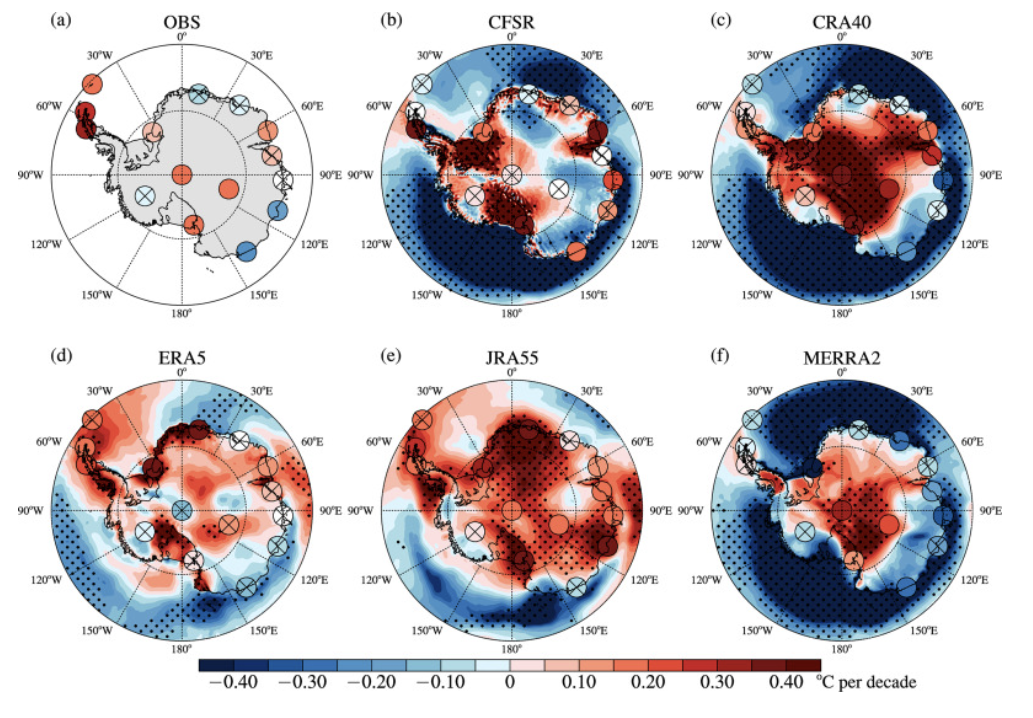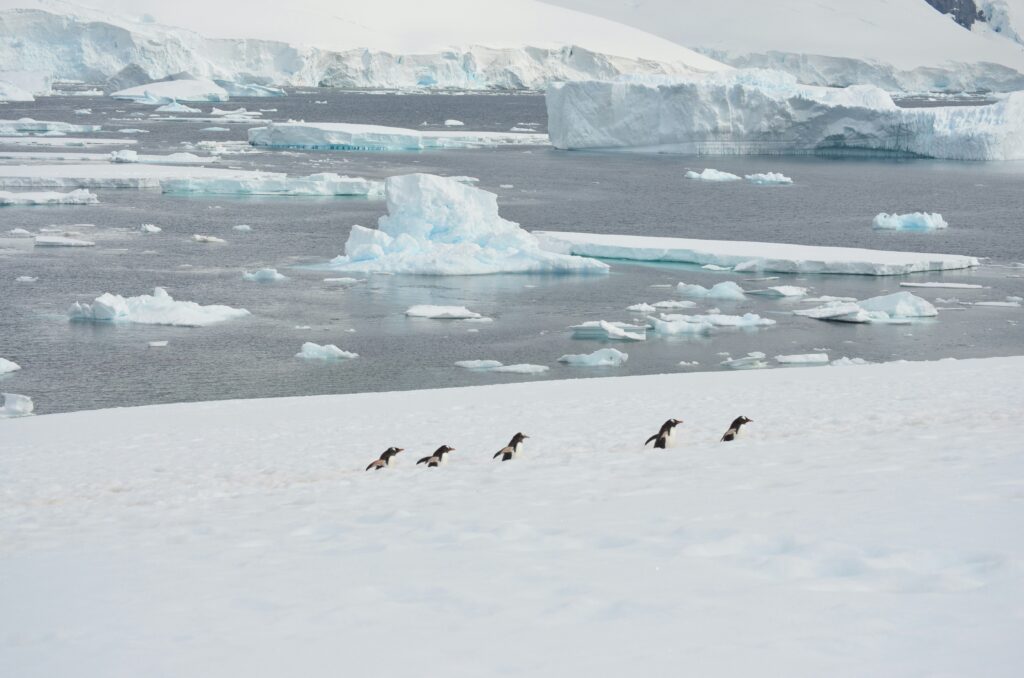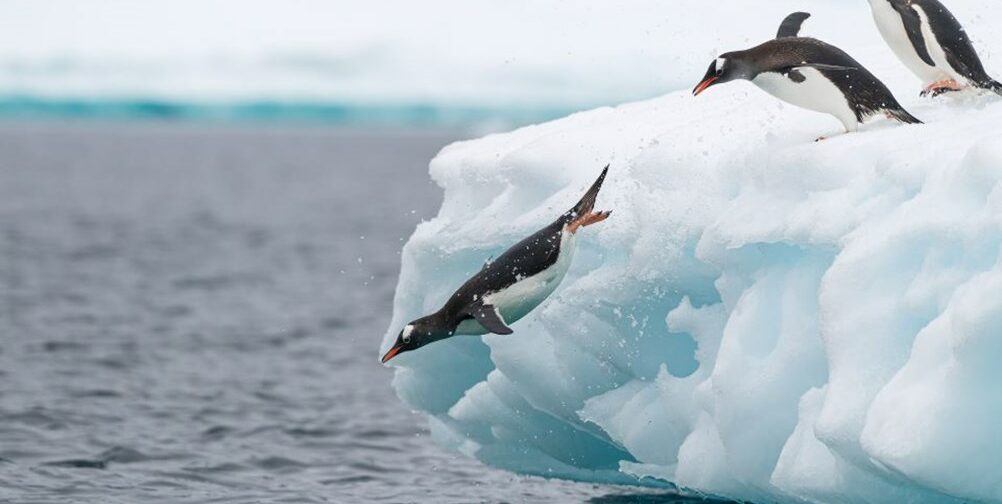Last week we reported on new evidence that the Antarctic Peninsula (AP) has been experiencing significant cooling over the past 20 years. But we hinted that, if it’s warming you want, we can give you warming too. Because with climate change you get to #HaveItBothWays. And so with a little digging we present you with evidence that the significantly cooling AP is in fact warming.
Last week’s paper was published in April 2025. You only had to wait until June 2025 to get the opposite findings in the form of this paper entitled “Recent warming trends in Antarctica revealed by multiple reanalysis”. Last week’s paper used satellite readings of surface heat to provide coverage where there are no surface weather stations. This week’s uses reanalysis systems to accomplish the same goal. A reanalysis system takes the dribs and drabs of data where the observations exist and feeds them into regional weather models that then generate forecasts to fill in data for the entire area. Then the system repeats the next day once again using the new incomplete observations. You can decide for yourself how reliable you think this system is. It’s probably pretty good in places where daily weather forecasts are reliable, and not so good elsewhere. Applied to Antarctica the results look like this:

The top left panel shows the observed trends over 1980 to 2023. The dots are where the weather stations are (not to scale, obviously). Interestingly the AP shows the fastest warming of all. The next five panels show the results from five different reanalysis systems. They take the data behind the trends shown in the top left panel and generate the trends as shown. In each of them the AP comes out deep red, meaning intense warming.
Interestingly, the reanalysis models don’t agree with each other very much elsewhere. Compare the 2nd panel (CFSR) with the one right below it (JRA55). Other than over the AP they pretty much predict the opposite patterns over the whole continent. Or you could pick a specific location like the South Pole and ask whether it’s warming or not. The five different reanalysis models generate five different answers.
Sometimes you not only get to #HaveItBothWays, you get to have it five ways.


